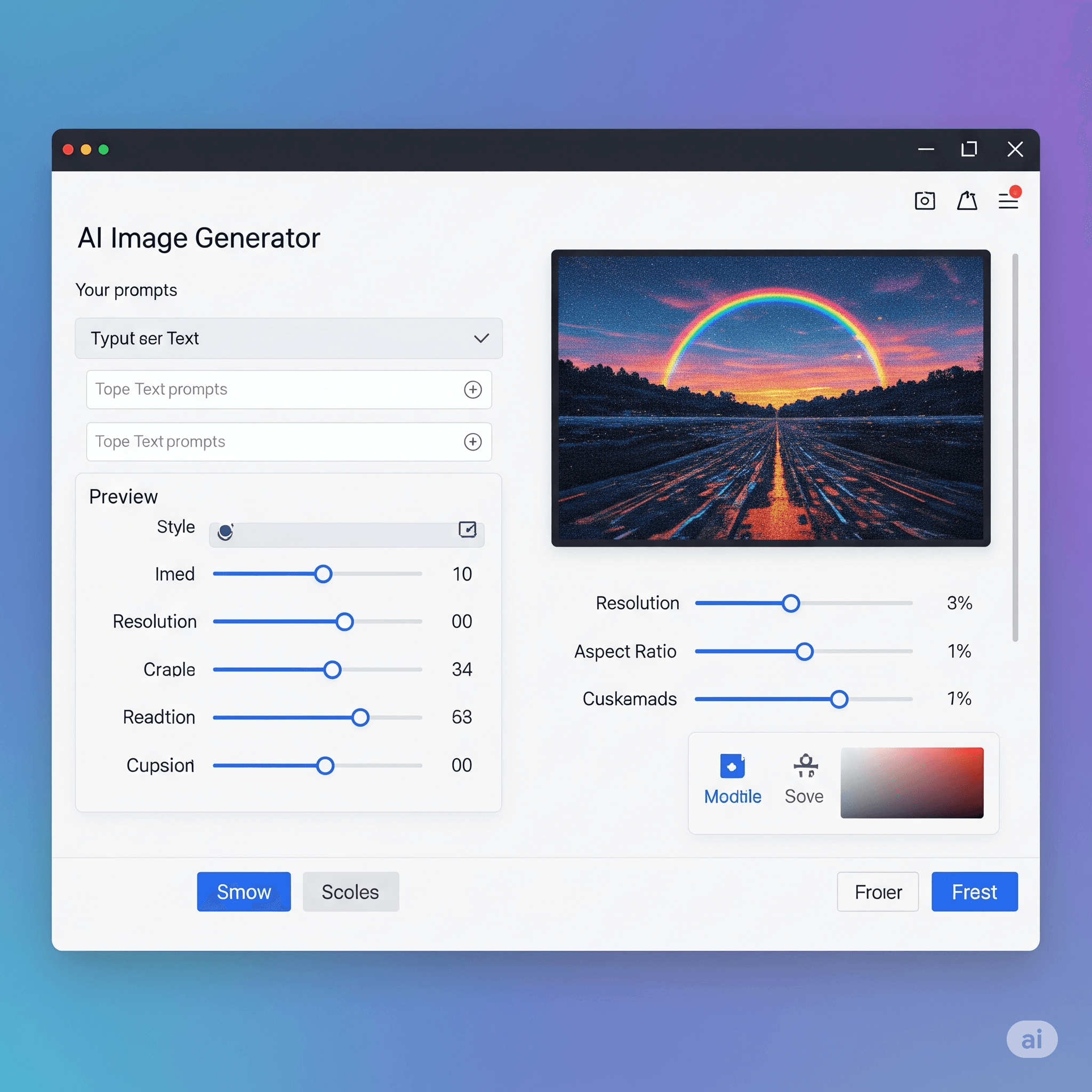Question: TCP is a(n) ___________ protocol.
Answer:
TCP (Transmission Control Protocol) is a connection-oriented protocol. This means that before any data is transmitted between two hosts, a connection is established between them, and a reliable data transfer channel is set up. The process of establishing a TCP connection is called a three-way handshake, where the two hosts exchange packets to negotiate and agree on the parameters of the connection, such as the initial sequence numbers, the maximum segment size, and the window size. Once the connection is established, data can be transmitted between the two hosts in a reliable and ordered manner, with flow control and congestion control mechanisms to ensure that the data is delivered without errors or losses. Finally, the connection is closed when all the data has been transmitted or when one of the hosts terminates the connection.
TCP is widely used in applications that require reliable and ordered delivery of data, such as web browsing, file transfer, email, and remote login. However, because of its connection-oriented nature and the overhead of establishing and maintaining connections, TCP is generally slower and more resource-intensive than UDP, which is a connectionless protocol.
MCQ: TCP is a(n) ___________ protocol.
Explanation:
TCP (Transmission Control Protocol) is a connection-oriented protocol. This means that before any data is transmitted between two hosts, a connection is established between them, and a reliable data transfer channel is set up. The process of establishing a TCP connection is called a three-way handshake, where the two hosts exchange packets to negotiate and agree on the parameters of the connection, such as the initial sequence numbers, the maximum segment size, and the window size. Once the connection is established, data can be transmitted between the two hosts in a reliable and ordered manner, with flow control and congestion control mechanisms to ensure that the data is delivered without errors or losses. Finally, the connection is closed when all the data has been transmitted or when one of the hosts terminates the connection.
TCP is widely used in applications that require reliable and ordered delivery of data, such as web browsing, file transfer, email, and remote login. However, because of its connection-oriented nature and the overhead of establishing and maintaining connections, TCP is generally slower and more resource-intensive than UDP, which is a connectionless protocol.
Discuss a Question
Related Questions
- 1. TCP is a(n) _______ transport protocol.
- 2. TCP uses _________________ to check the safe and sound arrival of data.
- 3. The bytes of data being transferred in each connection are numbered by TCP. The numbering starts with a __________________.
- 4. In TCP, the sequence number for each segment is the number of the _______ byte (virtual byte) carried in that segment.
- 5. Communication in TCP is ___________.
- 6. In TCP, the value of the acknowledgment field in a sent segment defines the sequence number related to the ______ byte a party expects to receive next.
- 7. The inclusion of the checksum in the TCP segment is ________.
- 8. In TCP, a SYN segment consumes _____ sequence number(s).
- 9. In TCP, a SYN + ACK segment consumes _____ sequence numbers.
- 10. In TCP, an ACK segment, if carrying no data, consumes ______ sequence number(s).
You may be interested in:
Computer Networking MCQs






